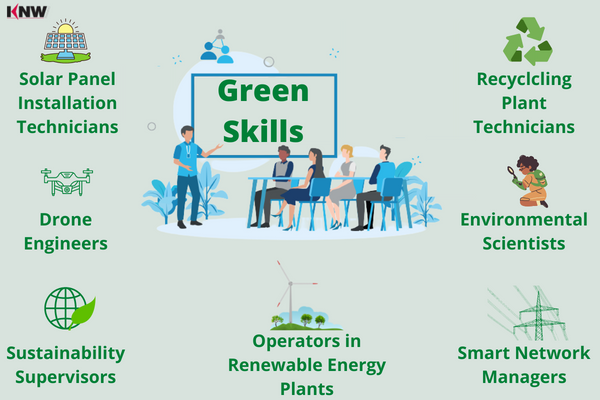
The Green Skills Gap
The transition to net zero will affect more than six million jobs. Three million will need upskilling and retraining to deliver it. Education & Training Foundation national head of education for sustainable development Charlotte Bonner states:
"To enhance the UK’s green-skills base, we need more than green jobs to enable the transition. All industries and sectors must adapt to meet UK targets. We need education for sustainable development (ESD) to prepare and equip learners with knowledge, skills, behaviours and agency to contribute to sustainability in their lives and careers".
What are green skills?
Green skills contribute to preserving, restoring and enhancing the environment. Green jobs reduce the environmental impact of enterprises and economic sectors by improving the efficiency of energy, raw materials and water; de-carbonizing the economy and bringing down emissions of greenhouse gases; minimising or avoiding all forms of waste and pollution; protecting or restoring ecosystems and biodiversity, and supporting adaptation to the effects of climate change.
The skills gap...
The green skills gaps and shortages are already recognised as major setbacks in several sectors, such as renewable energy, energy and resource efficiency, renovation of buildings, construction, environmental services and manufacturing. The use of clean technology requires skills in technology application, adaptation and maintenance. The North East currently has the highest concentration of green jobs, followed closely by Wales and the South West.

